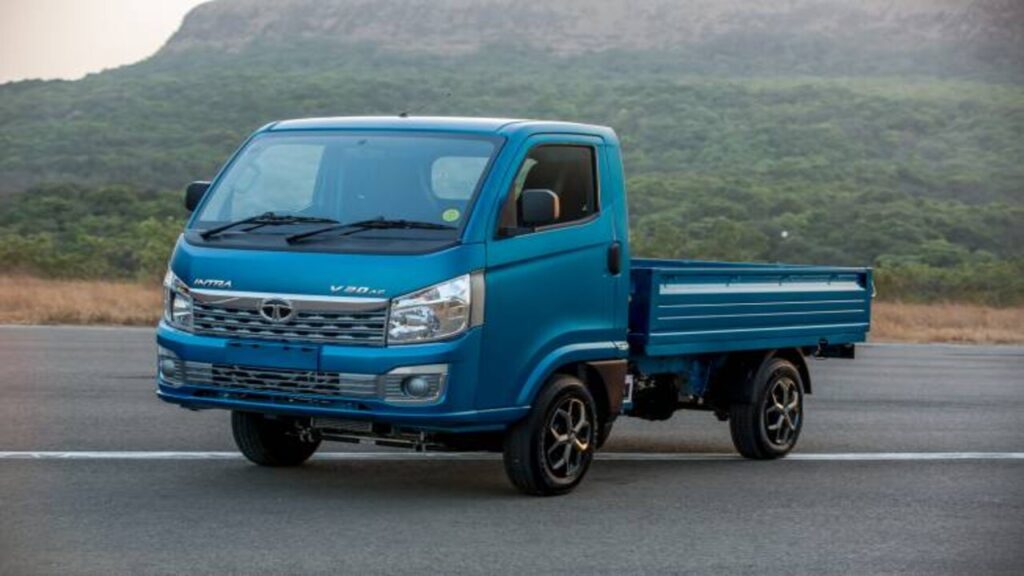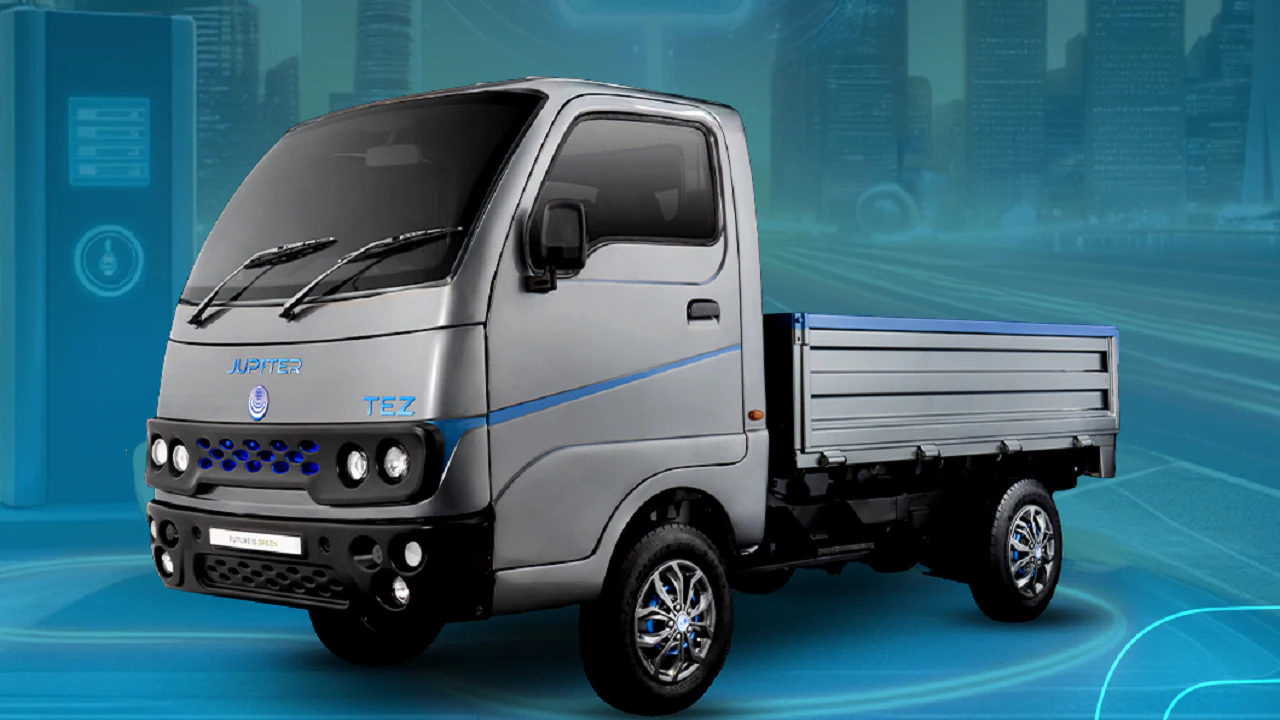Tata Motors, a leading name in the commercial vehicle segment, has announced a price increase for its popular Tata Ace and other commercial vehicles. This move is expected to impact small business owners, fleet operators, and logistics companies who rely on these vehicles for their day-to-day operations. The decision to raise prices comes as part of the automaker’s strategy to address rising input costs, such as raw materials and logistics expenses, while maintaining the quality and performance of its vehicles.
Why the Price Hike?
The decision to raise the prices of the Tata Ace and other commercial vehicles comes amidst a backdrop of escalating costs in the automotive industry. With the increasing cost of raw materials like steel, copper, and rubber, manufacturers are faced with higher production expenses. Additionally, inflationary pressures, as well as changes in fuel prices, are contributing factors that have forced Tata Motors to adjust the pricing of its vehicles.
In recent years, the commercial vehicle industry has experienced growth, fueled by a surge in e-commerce and logistics demand. Small commercial vehicles like the Tata Ace, widely used for urban transportation and short-haul deliveries, have seen increased demand, as they offer an affordable and efficient solution for small and medium-sized enterprises (SMEs).
However, these vehicles have also become subject to rising production and operational costs. Tata Motors, like many other manufacturers, has been left with little choice but to pass some of these costs onto customers in the form of price hikes.
What Does This Mean for Tata Ace Owners?
The Tata Ace, a workhorse in the small commercial vehicle category, has long been a favorite due to its affordability, durability, and versatility. Its popularity has made it the go-to vehicle for small business owners, particularly in urban areas where it can navigate narrow lanes and congested roads with ease. However, with the impending price rise, businesses that depend on the Ace for transportation and logistics will need to plan their finances accordingly.
For many, the price increase may mean higher upfront costs, but it’s important to consider the long-term value of owning a Tata Ace. Despite the rise in price, the vehicle’s proven reliability, low maintenance costs, and excellent fuel efficiency make it an investment that continues to offer value over time. Business owners may also want to explore financing options that can help ease the burden of the price hike.

Impact on Fleet Operators
Fleet operators, who manage larger fleets of commercial vehicles, will likely feel the effects of the price hike more acutely. A rise in vehicle prices means higher capital expenditure for fleet renewal or expansion. This may prompt operators to reconsider their fleet management strategies and evaluate the return on investment for each vehicle.
Moreover, fleet operators may face increased operating costs due to the higher cost of spare parts and maintenance. As a result, businesses may need to reassess their overall operational expenses and look for ways to mitigate the impact of the price rise.
However, Tata Motors’ strong after-sales service network and the availability of spare parts should help mitigate some of these challenges. The company’s commitment to providing a reliable and affordable ownership experience is a key selling point, even in the face of price increases.
Alternatives and Market Trends
As the price of the Tata Ace and other commercial vehicles rise, businesses may start to explore alternative options in the market. Competing manufacturers are also expected to adjust their pricing strategies in response to rising costs. This may lead to increased competition in the small commercial vehicle market, with other automakers offering similar models at competitive prices.
Additionally, businesses may look to adopt electric or hybrid commercial vehicles as an alternative to conventional fuel-powered models. With government incentives and growing concerns over environmental impact, electric vehicles (EVs) are becoming an increasingly attractive option for businesses looking to reduce their carbon footprint and benefit from lower operational costs in the long run.
What’s Next for Tata Motors?
Tata Motors’ decision to raise prices is just one of many steps the company is taking to navigate the complex and challenging landscape of the automotive industry. As raw material costs continue to fluctuate, the company may introduce more price adjustments across its range of vehicles in the future. However, Tata Motors is committed to ensuring that its vehicles continue to offer value, reliability, and cost-effectiveness.
For businesses that rely on the Tata Ace and other commercial vehicles, it is important to stay informed about the latest pricing updates and explore available financing options. As the market adapts to the new pricing structure, businesses must be proactive in planning their future vehicle acquisitions to ensure continued operational efficiency.
Conclusion
While the price increase for the Tata Ace and other commercial vehicles may pose challenges for some businesses, it is important to recognize the long-term benefits these vehicles offer. Tata Motors’ commitment to quality and performance ensures that the price rise is justifiable for customers who rely on these vehicles to grow and sustain their operations. By understanding the factors driving this price hike and planning accordingly, business owners can continue to thrive in an increasingly competitive market.







